Doepke DRCBO 4 B13/0 Manual
| Mærke: | Doepke |
| Kategori: | Afbryder |
| Model: | DRCBO 4 B13/0 |
Har du brug for hjælp?
Hvis du har brug for hjælp til Doepke DRCBO 4 B13/0 stil et spørgsmål nedenfor, og andre brugere vil svare dig
Afbryder Doepke Manualer
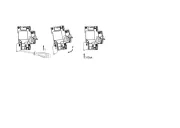
2 Oktober 2025

2 Oktober 2025
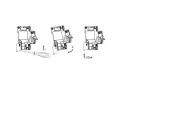
2 Oktober 2025
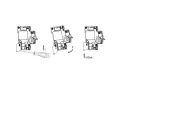
2 Oktober 2025
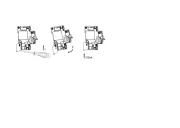
1 Oktober 2025
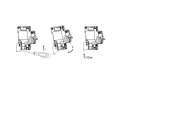
1 Oktober 2025
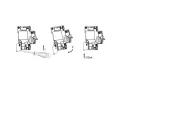
1 Oktober 2025
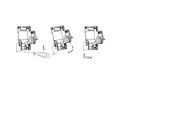
30 September 2025
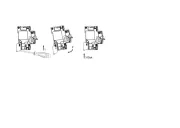
30 September 2025
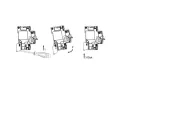
30 September 2025
Afbryder Manualer
Nyeste Afbryder Manualer
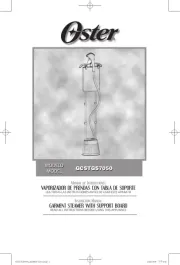
2 September 2025
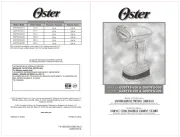
2 September 2025
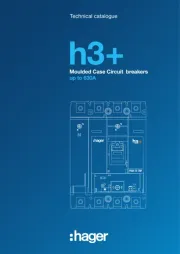
11 August 2025
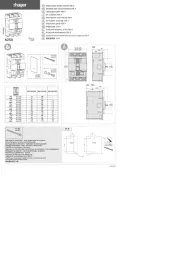
11 August 2025
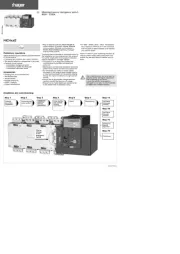
11 August 2025
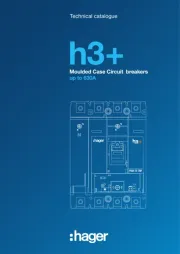
10 August 2025

10 August 2025
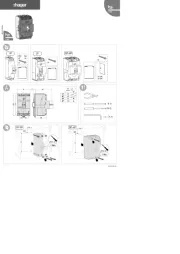
10 August 2025
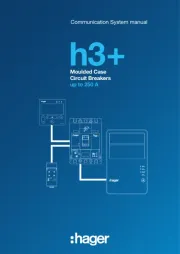
9 August 2025
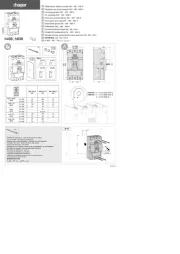
9 August 2025
